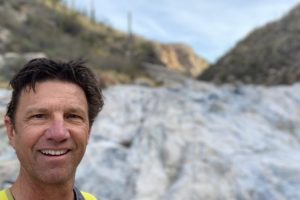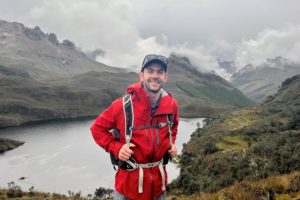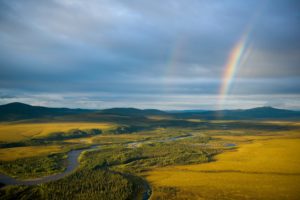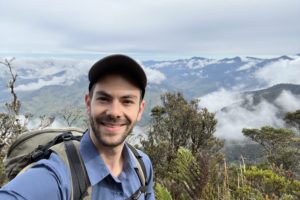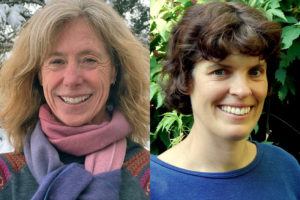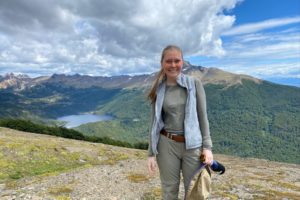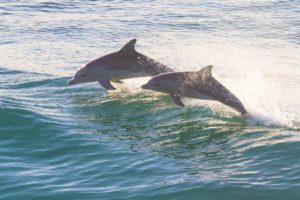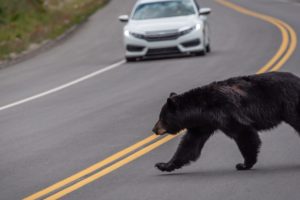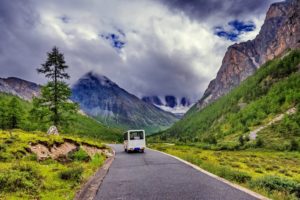David Theobald Receives Distinguished Landscape Practitioner Award
Dr. David Theobald, a science advisor to the Center for Large Landscape Conservation, was recently awarded the 2022 Distinguished Landscape Practitioner Award by the North American Chapter of the International Association for Landscape Ecology. This honor is bestowed to individuals who have made outstanding contributions over a period of years to the application of the principles of landscape ecology to real-world problems.
